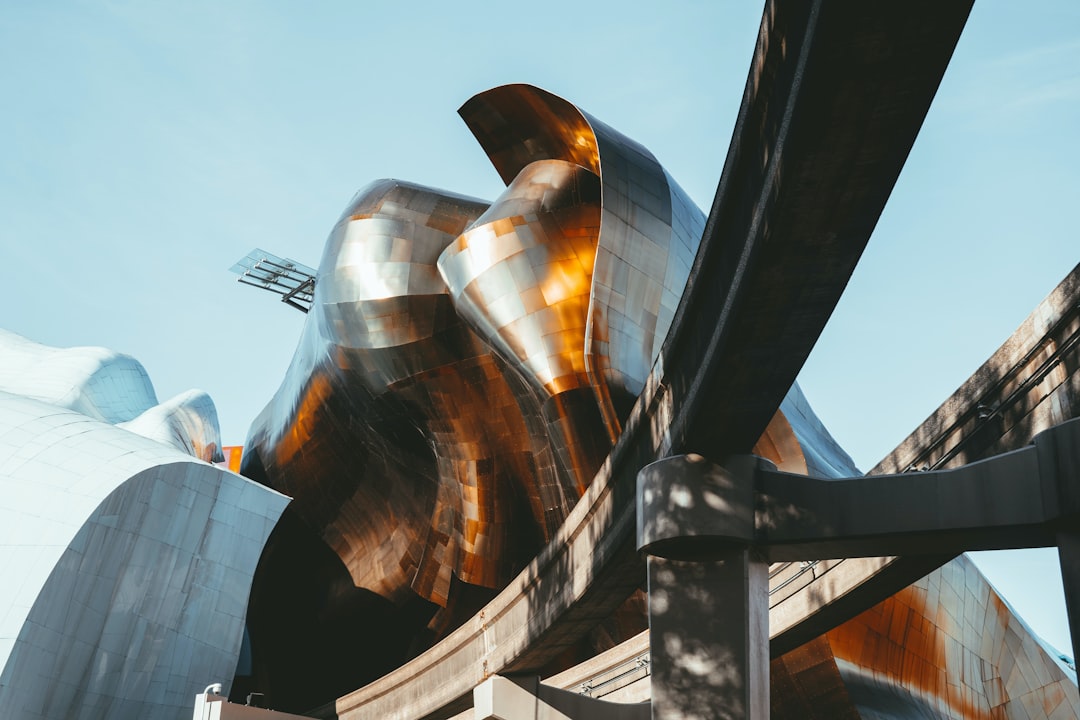Power plants, the behemoths of energy generation, rely on a robust and resilient infrastructure. While the turbines and generators often steal the spotlight, a critical yet often overlooked component ensures the structural integrity and operational efficiency of these facilities: steel profiles. From the foundational structures to intricate internal components, steel profiles play a multifaceted role in the design, construction, and longevity of power plants. This comprehensive guide delves into the significant contribution of steel profiles in this vital industry.
1. Structural Foundation: Steel Profiles as the Backbone of Power Plants
The sheer scale of power plants necessitates robust structural foundations capable of withstanding immense weight and pressure. Steel profiles, including H-beams, I-beams, and wide-flange beams, form the backbone of these structures. These profiles provide exceptional strength-to-weight ratios, enabling the construction of large, stable frameworks that support the massive equipment and withstand seismic activity and extreme weather conditions. The precise engineering of these steel structures is paramount; detailed calculations and simulations are performed to ensure optimal load distribution and prevent structural failure. Furthermore, the use of steel allows for prefabrication of sections off-site, reducing construction time and on-site labor costs. The choice of specific steel profiles depends on factors such as load-bearing capacity requirements, span lengths, and overall structural design.
2. Supporting Critical Systems: Steel Profiles in Power Generation Equipment
Beyond the foundational structures, steel profiles are integral to the power generation equipment itself. Boilers, turbines, and generators are housed within intricate steel frameworks, providing support and stability during operation. These frameworks often incorporate custom-designed steel profiles to accommodate the specific dimensions and weight distribution of the equipment. The precise alignment and rigidity of these structures are vital to ensure the smooth and efficient functioning of the power generation process. Moreover, steel profiles are used in the construction of cooling towers, stacks, and other auxiliary equipment, all of which require high strength and resistance to corrosion.
3. Material Selection: Choosing the Right Steel for Power Plant Applications
The selection of steel profiles for power plant applications is a critical decision, demanding careful consideration of various factors. The choice of steel grade depends on factors such as strength requirements, corrosion resistance, temperature tolerance, and weldability. High-strength low-alloy (HSLA) steels are frequently employed due to their superior strength and weldability, enabling the construction of lighter and more efficient structures. In environments exposed to harsh weather conditions or corrosive substances, stainless steel or galvanized steel profiles may be used to enhance durability and extend the lifespan of the structures. The selection process also incorporates rigorous testing and analysis to ensure that the chosen steel profiles meet the stringent safety and performance standards of the power plant industry.
4. Manufacturing and Quality Control: Ensuring Precision and Reliability
The manufacturing of steel profiles for power plant applications demands high precision and rigorous quality control. Modern manufacturing processes, such as rolling and extrusion, ensure the accurate dimensions and tolerances required for optimal structural performance. Non-destructive testing methods, such as ultrasonic inspection and magnetic particle inspection, are employed to detect any flaws or defects in the steel profiles before they are incorporated into the power plant structure. Furthermore, stringent quality control measures are implemented throughout the manufacturing process to guarantee the consistency and reliability of the steel profiles, thereby ensuring the safety and longevity of the power plant.
5. The Future of Steel Profiles in Power Plant Design: Innovation and Sustainability
The power generation industry is undergoing a significant transformation towards cleaner and more sustainable energy sources. Steel profiles continue to play a vital role in this transition, with ongoing research and development focusing on the development of new steel alloys with enhanced strength, corrosion resistance, and recyclability. Lightweight steel designs are being explored to reduce the overall carbon footprint of power plant construction. Furthermore, advancements in manufacturing techniques, such as 3D printing of steel components, are promising to revolutionize the design and construction of power plants, enabling greater flexibility and efficiency in the use of steel profiles.
In conclusion, steel profiles are the unsung heroes of power plant construction, providing the essential structural integrity and operational efficiency upon which these critical facilities rely. Their diverse applications, coupled with ongoing advancements in material science and manufacturing technology, ensure their continued importance in the future of power generation.
SEO Tags:
- Steel profiles
- Power plant construction
- Steel structures
- Power plant engineering
- Steel fabrication




